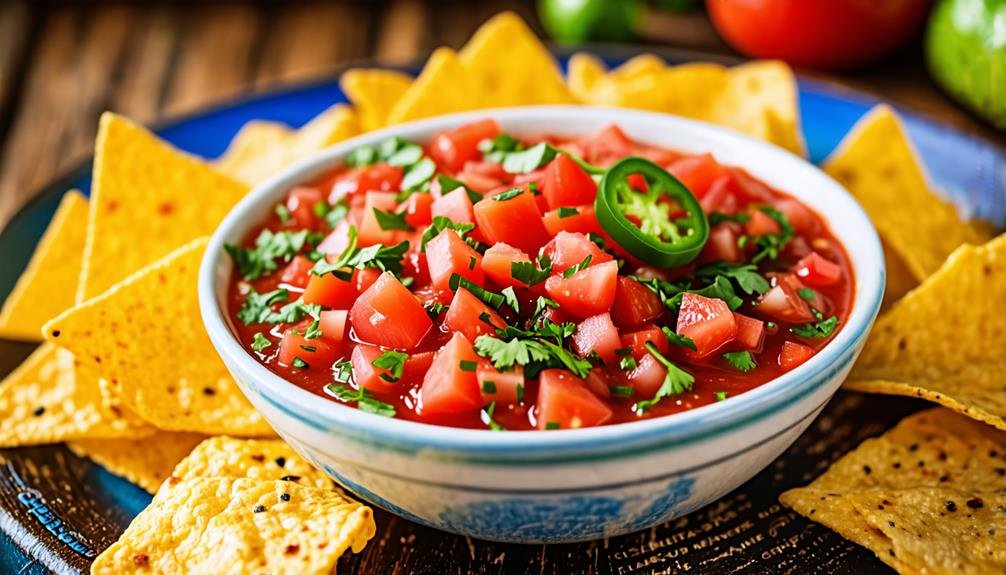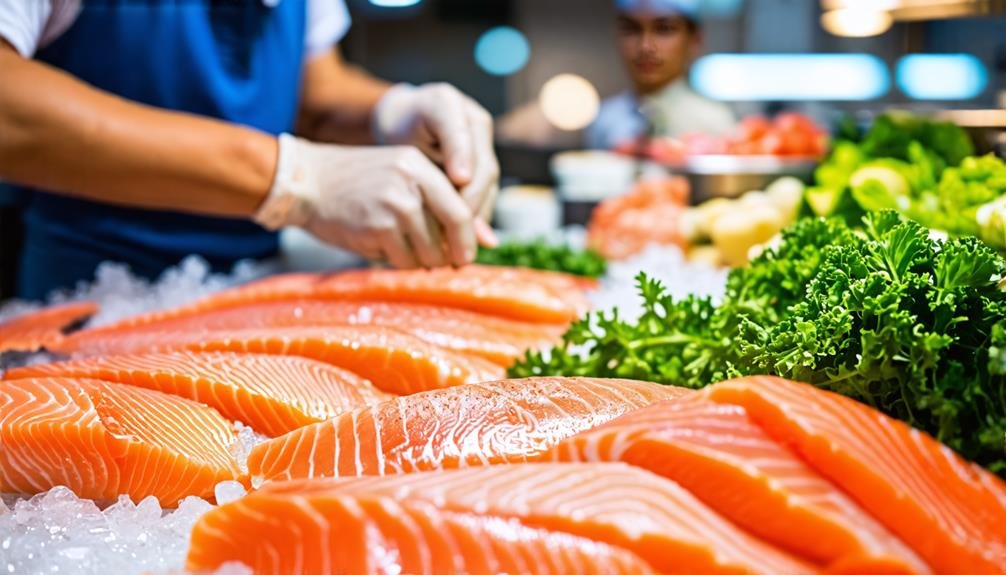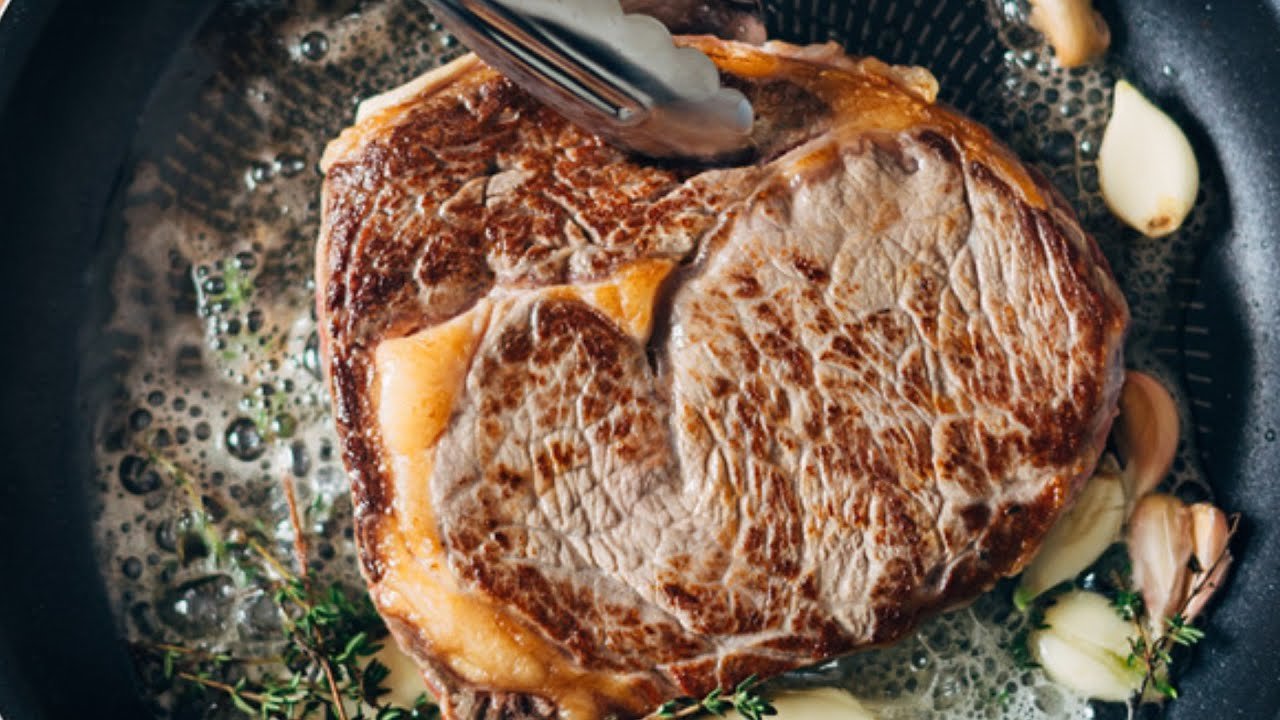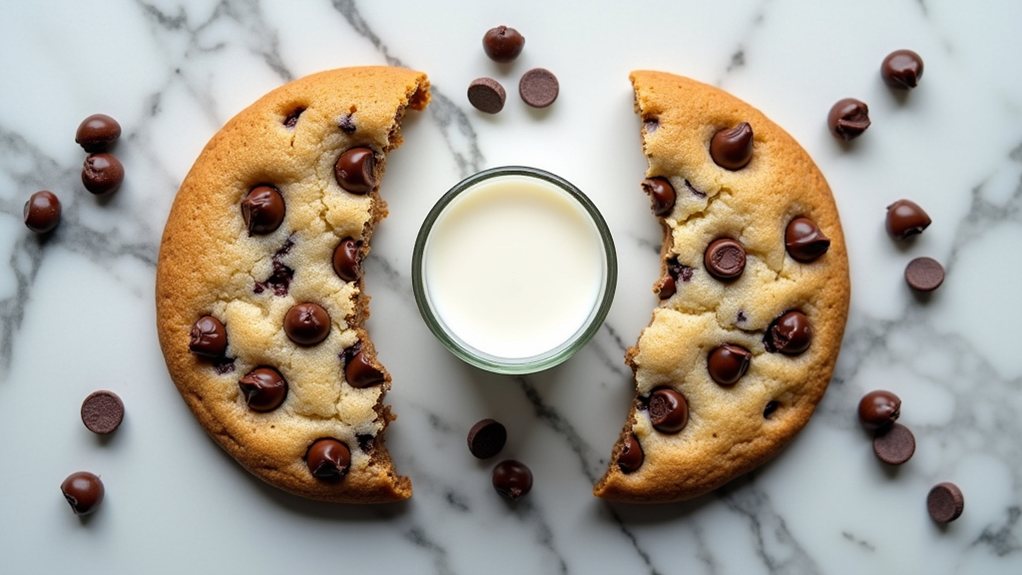To successfully cook with plant-based cheese, prioritize quality ingredients and understand the range of cheese options available, like cheddar or mozzarella substitutes. Avoid treating vegan cheese as a direct dairy replacement; instead, incorporate it towards the end of cooking to preserve its texture and flavor. Soak nuts for creaminess, and experiment with plant-based milks and nutritional yeast for improved taste. Be mindful of overcooking, which can result in a rubbery texture, and use minimal salt. Proper techniques and ingredient choices can enhance your dishes notably, making further exploration into plant-based cheese cooking highly rewarding.
Understanding Vegan Cheese Types
Understanding various types of vegan cheese is crucial for enhancing plant-based dishes. Vegan cheese types include cheddar, mozzarella, and cream cheese, each offering unique textures and flavors. Brands like Daiya and Violife provide versatile options for culinary applications.
Vegan cheese appears in forms such as sliced, shredded, crumbled, or as a sauce, allowing chefs to use it in diverse cooking methods. For instance, using a melty vegan mozzarella from Follow Your Heart can elevate a grilled cheese sandwich.
The ingredients in vegan cheese are vital to know. Many are crafted from nuts, soy, or coconut and often feature added oils and flavorings to mimic traditional cheese. This knowledge helps in making informed choices and enhancing recipes. By trying different brands and varieties, such as Miyoko's Creamery or Kite Hill, you can discover the distinct qualities of each, enriching your plant-based meals and creating enjoyable dining experiences.
Essential Cooking Techniques
Mastering basic cooking techniques is essential for incorporating vegan cheese into various dishes effectively. Understanding how different types of vegan cheese, such as Daiya or Violife, react under heat is crucial. Melting methods differ; some vegan cheeses are formulated for melting, while others may not reach the desired texture. To maintain a creamy consistency, add vegan cheese towards the end of the cooking process.
When melding vegan cheese into sauces or baked dishes, emulsification is key. Blending vegan cheese with liquids like almond milk or vegetable broth creates a smooth, rich sauce that enhances the dish's flavor. Techniques like roasting or grilling can elevate the dish, allowing the cheese to develop unique textures and tastes.
Exploring diverse cooking methods tailored to specific dishes will empower you to craft delicious meals that highlight the versatility of vegan cheese. This understanding will ensure your culinary creations remain vibrant and satisfying.
Choosing Quality Ingredients
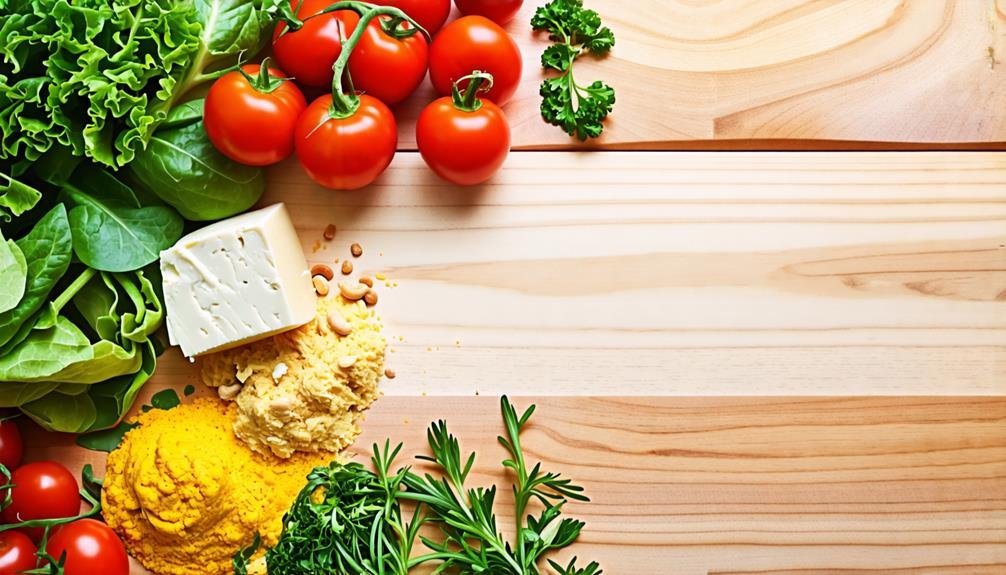
To ensure the ingredients in vegan cheese enhance both flavor and texture, focus on key components that elevate the quality of your culinary creations.
- Nut-Based Ingredients: Vegan cheeses made from cashews, almonds, or macadamia nuts provide a creamy consistency and robust flavor, making them perfect for dishes like pasta or pizza.
- Organic Certification: Choosing brands like Daiya or Follow Your Heart that use organic ingredients helps avoid synthetic additives and pesticides, resulting in a cleaner, more flavorful cheese.
- Probiotic Cultures: Vegan cheeses that incorporate live cultures, such as those from Kite Hill, can deliver complex flavors and added nutritional benefits, akin to traditional dairy options.
- Minimal Processing: Look for artisanal brands like Treeline that offer vegan cheeses with fewer additives. This often leads to a more genuine taste and texture, aligning with your culinary goals.
Common Cooking Mistakes
Common cooking mistakes with vegan cheese often arise from improper expectations and usage. Many cooks mistakenly treat vegan cheese as a direct substitute for dairy cheese, overlooking its distinct characteristics. For instance, brands like Daiya and Violife may not melt or stretch like traditional mozzarella, leading to disappointment when making pizzas or grilled cheese sandwiches.
Another frequent error is disregarding temperature importance. Vegan cheese often performs better when added towards the end of cooking, preserving its flavor and texture. Overcooking can render it rubbery, negatively affecting your dish's quality.
Choosing the right type of vegan cheese is crucial. For example, a creamy cheese from Treeline might be ideal for sauces, while a firmer cheese from Follow Your Heart could be better for shredding. Additionally, the quality of ingredients matters; opting for artisanal brands can enhance flavor significantly. By avoiding these typical errors, you can enhance your cooking with vegan cheese, exploring its potential for creativity and enjoyment.
Creative Recipe Ideas
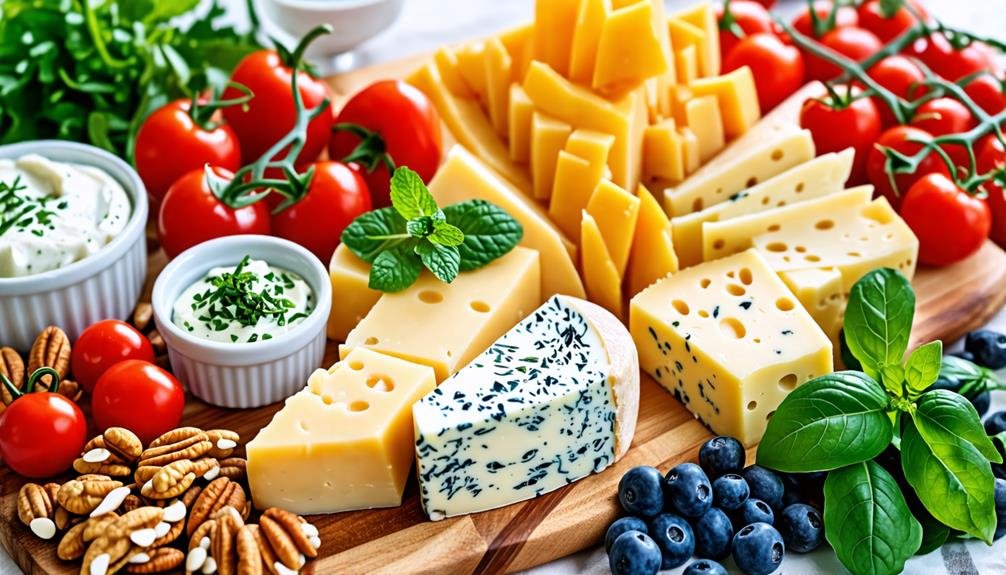
Incorporating vegan cheese into various dishes enhances flavors and textures, providing a unique twist to classic recipes. Here are four inventive ideas that celebrate the versatility of vegan cheese:
- Vegan Cheese Stuffed Bell Peppers: Remove the tops and seeds from vibrant bell peppers, then stuff them with a blend of cooked quinoa, black beans, and your favorite shredded vegan cheese, like Daiya. Bake until the peppers are soft and the cheese is gooey.
- Creamy Vegan Cheese Pasta Dish: Blend soaked cashews with nutritional yeast, garlic, and fresh lemon juice for a luscious vegan cheese sauce. Mix it with al dente pasta and roasted vegetables, such as zucchini and cherry tomatoes, for a hearty meal.
- Vegan Cheese Pizza Creation: Spread marinara sauce on a crust from brands like Caulipower or Boboli, then top with an assortment of fresh vegetables and slices of vegan mozzarella, such as Violife. Bake until the crust is crispy and the cheese is bubbling.
- Zesty Vegan Cheese Dip: Mix vegan cream cheese, such as Tofutti, with fresh herbs, spices, and a splash of lemon juice for a tangy dip that pairs perfectly with crunchy vegetables or whole-grain crackers.
These recipes highlight the adaptability of vegan cheese, encouraging you to explore and relish a dairy-free cooking experience.
Tips for Melting Vegan Cheese
To achieve optimal melting with vegan cheese, it's essential to recognize the unique qualities of each cheese type. Different varieties, like Daiya and Violife, melt in distinct ways. Many commercial options utilize a mix of starches and oils, significantly affecting melting performance. For instance, vegan cheeses that feature tapioca starch tend to melt well and provide a stretchy texture, making them perfect for dishes like pizzas and quesadillas.
When melting vegan cheese, the heating technique matters. Using low and slow heat is often the most effective method; gentle warmth allows the cheese to melt evenly without turning rubbery. Adding moisture, such as a splash of almond milk or vegetable broth, can enhance the melting process and yield a creamier texture.
It's also important to avoid overcooking. Excessive heat can cause separation and undesirable textures. When preparing a meal that requires melting, incorporate the vegan cheese toward the end of cooking to preserve its quality. Don't hesitate to try different brands, as some may provide better melting properties than others. By understanding these essential factors, you can create delicious, satisfying vegan meals that highlight the versatility of plant-based ingredients.
Exploring Homemade Options
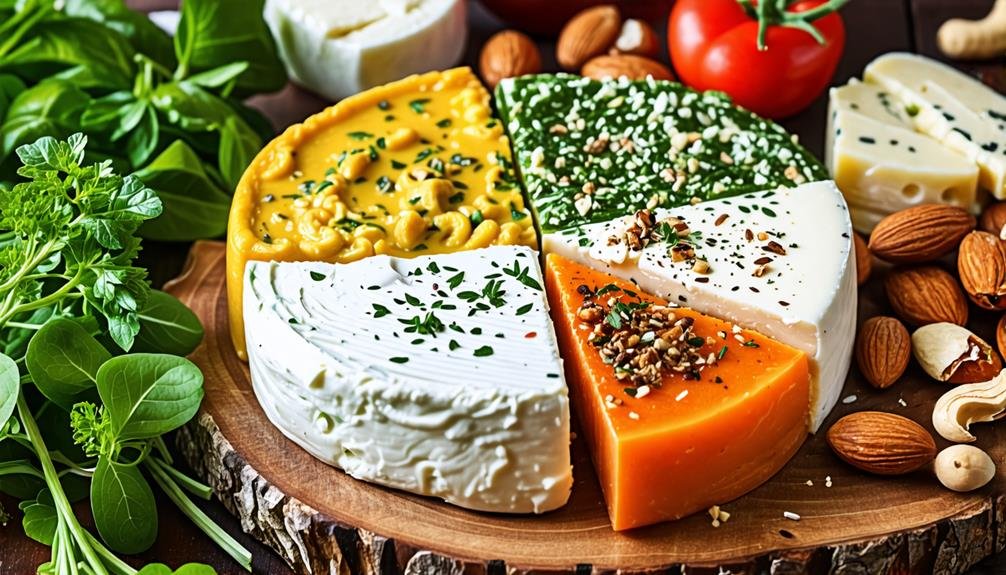
Homemade vegan cheese provides a healthier and customizable substitute to commercial brands, allowing you to tailor flavors and textures to your liking. Crafting your own cheese gives you control over ingredients and encourages unique culinary combinations. Here are four notable homemade vegan cheese varieties to try:
- Cashew Cheese: Soaked cashews blended into a creamy spread make for a delicious dip. Nutritional yeast enhances the cheesy taste.
- Almond Ricotta: Ground almonds mixed with fresh lemon juice and herbs create a light cheese ideal for pasta dishes or as a pizza topping.
- Coconut Cream Cheese: A blend of coconut cream and spices produces a rich, spreadable cheese perfect for bagels or crackers.
- Tofu Feta: Marinated pressed tofu in olive oil, vinegar, and herbs mimics the tangy flavor of traditional feta, making it an excellent addition to salads.
Exploring these homemade vegan cheese options promotes creativity in the kitchen and supports a healthier lifestyle by prioritizing ingredients that align with your values.

